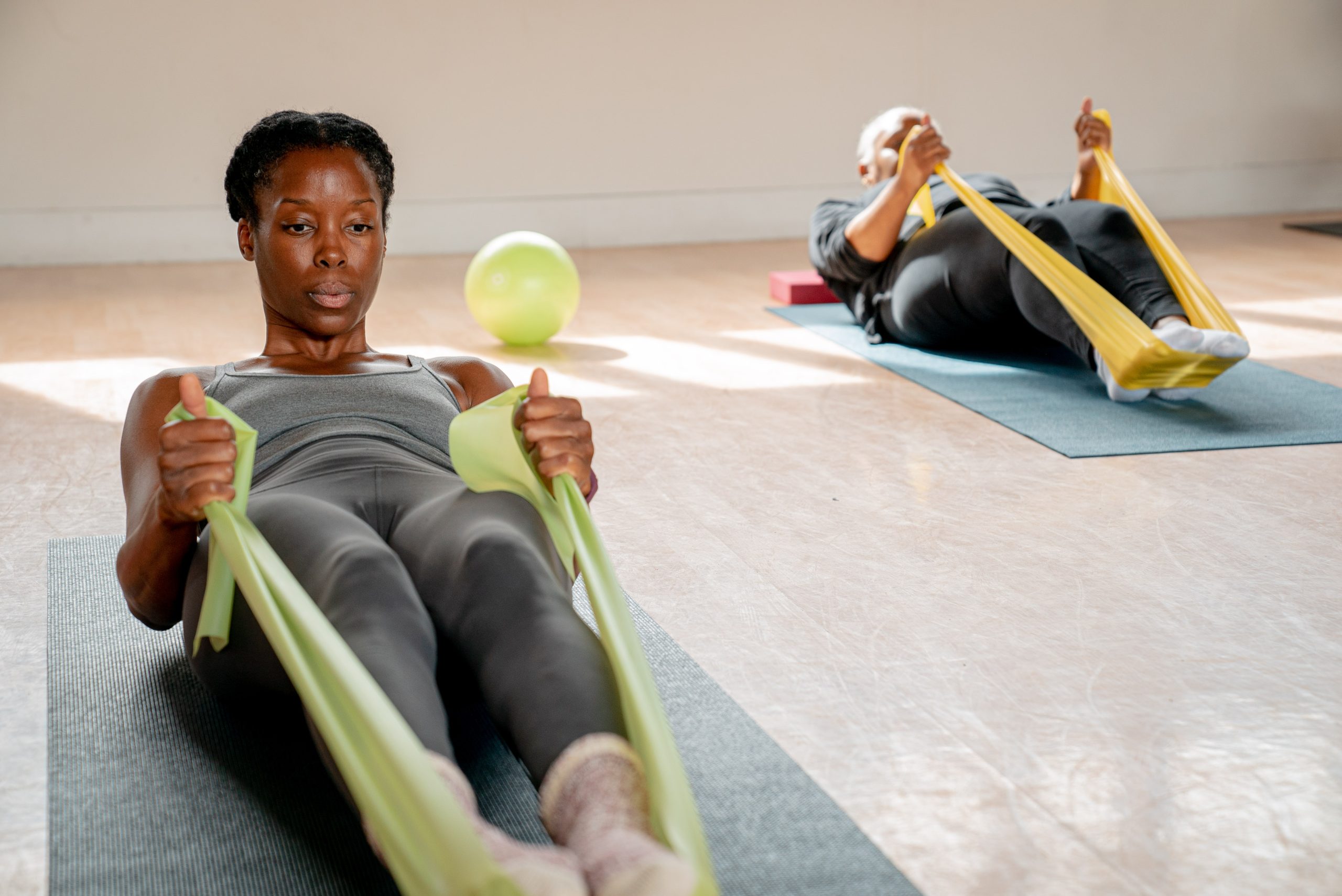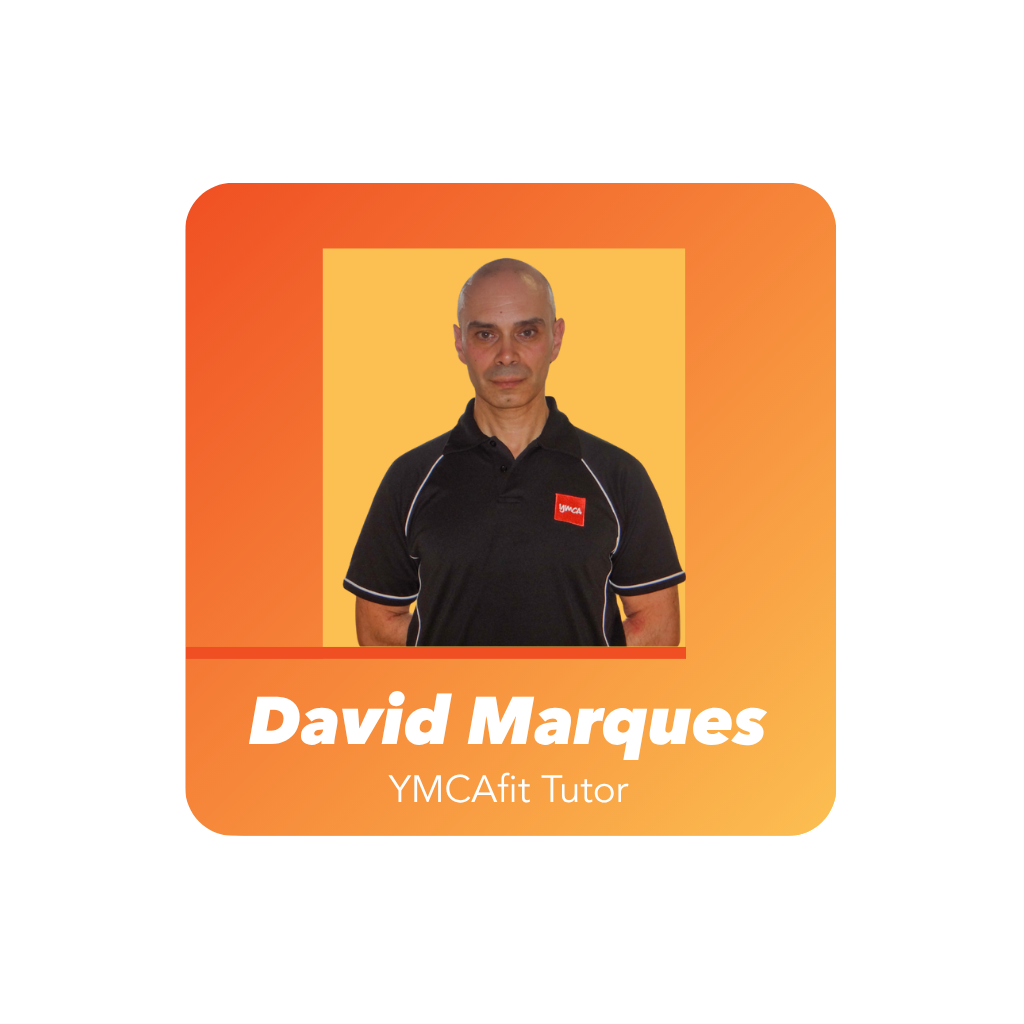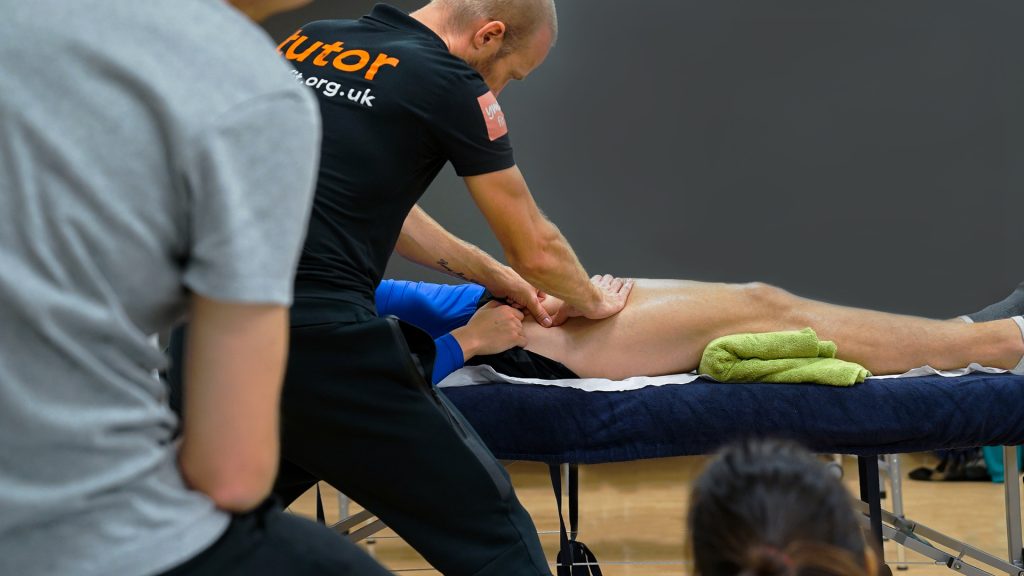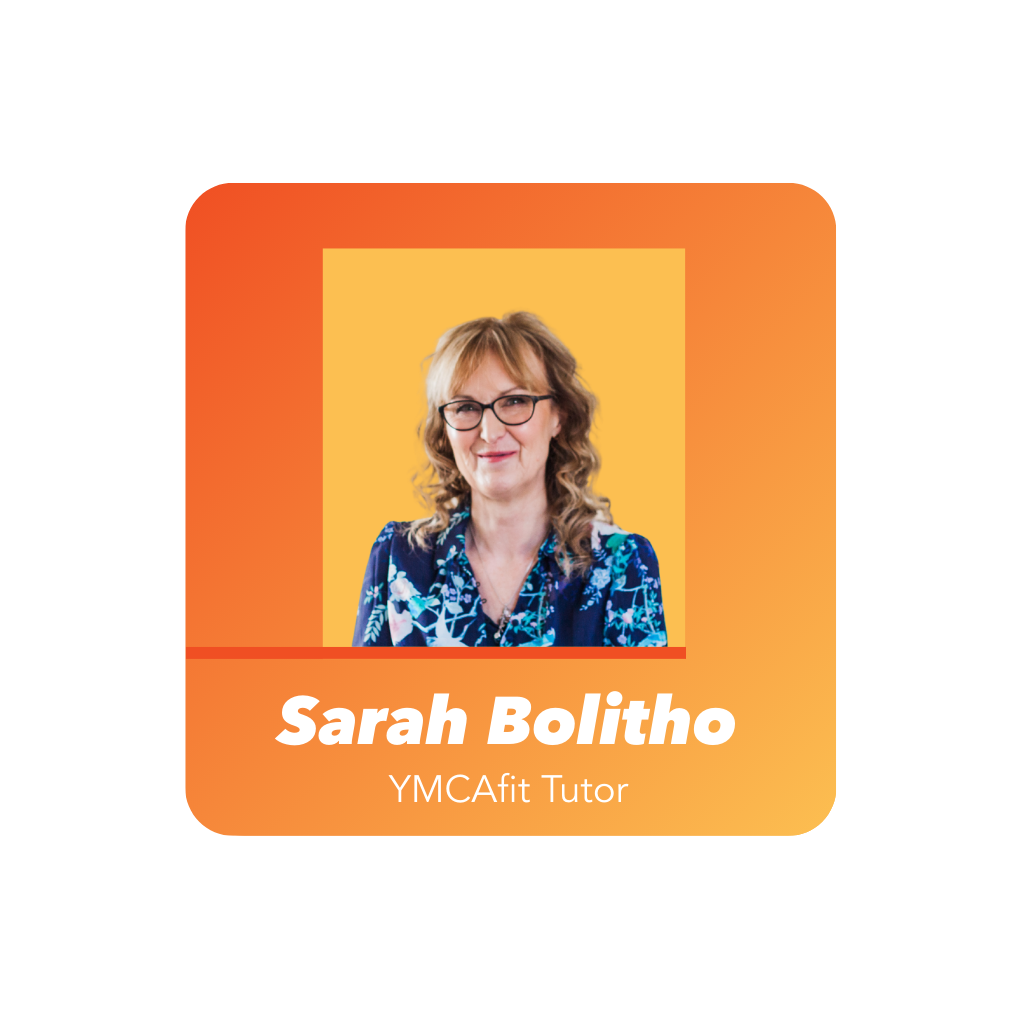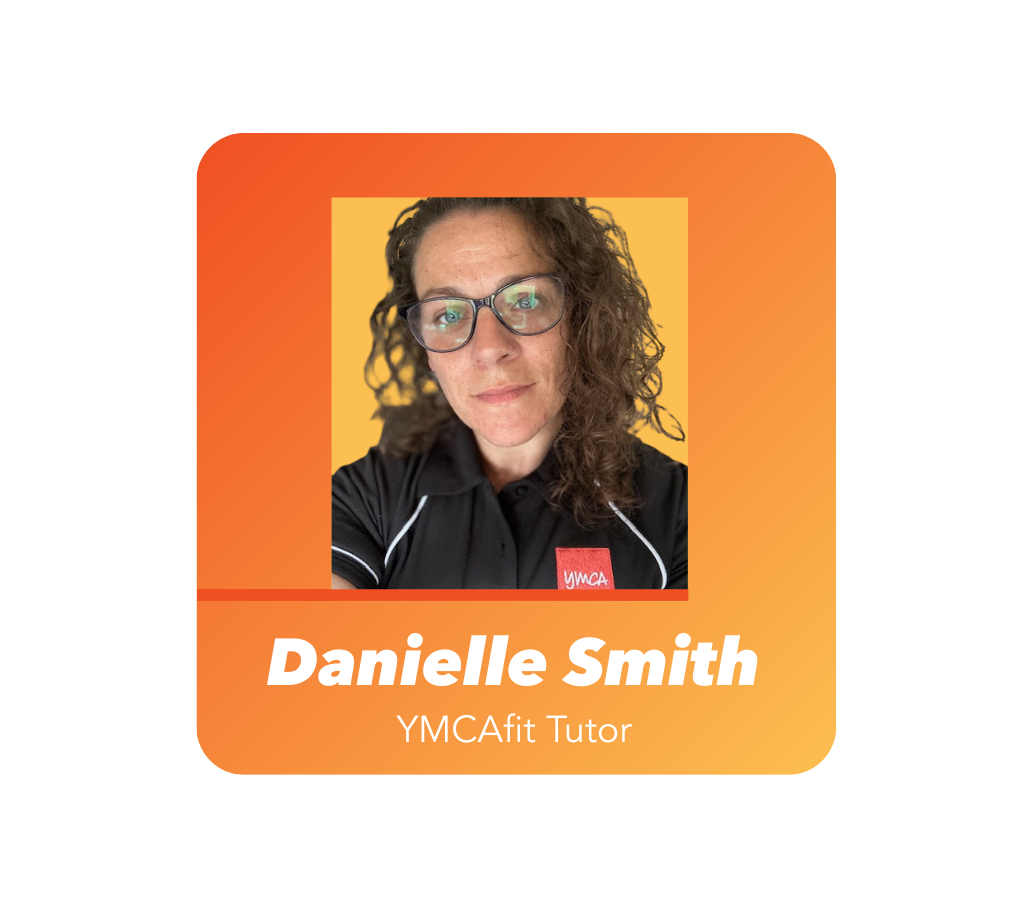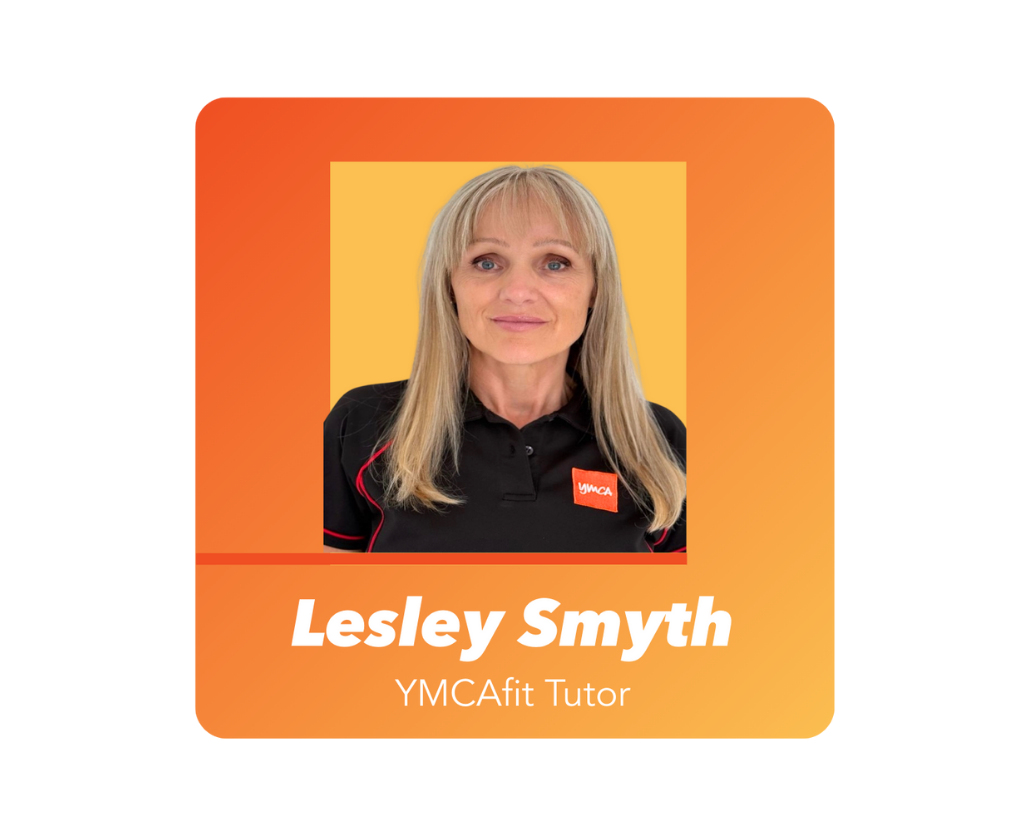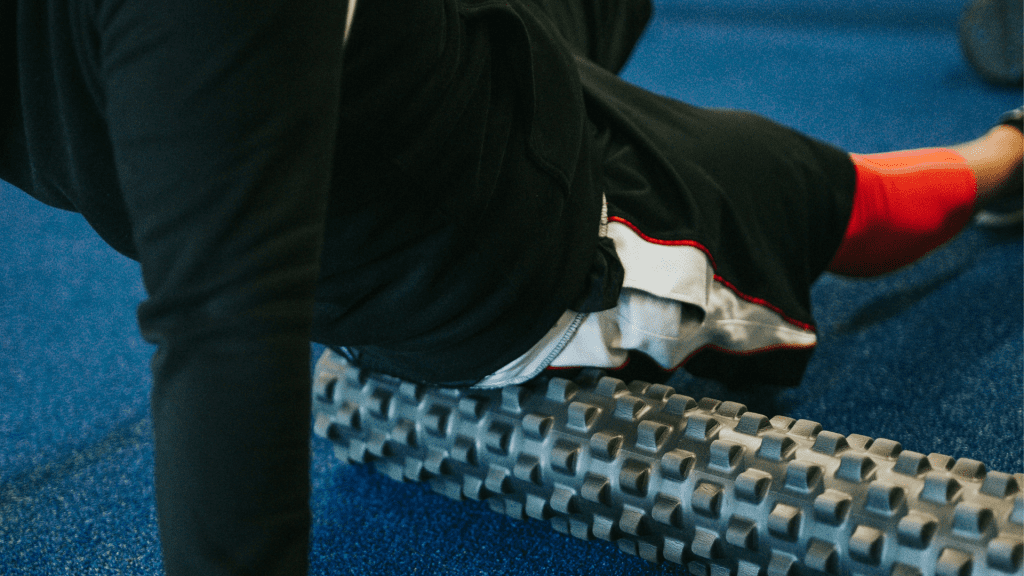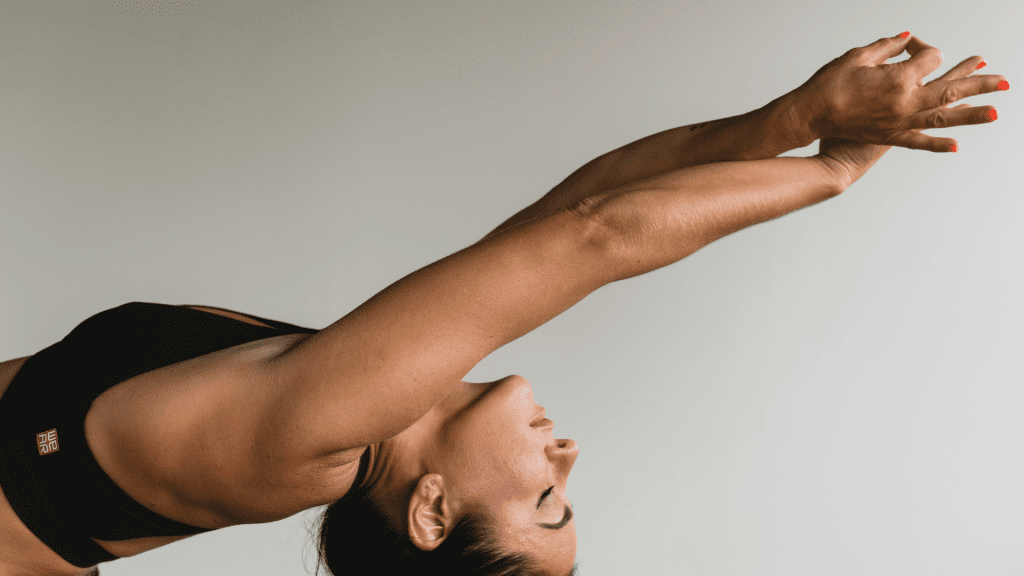Why Becoming a Group Fitness Instructor Could Be the Best Decision You Ever Make
Enrol on the course that has been changing lives for over 40 years
If you’ve ever found yourself smiling through an aerobics class, loving the beat of a dance workout, or watching your favourite instructor thinking, “I’d love to do that,” then maybe it’s time to take the leap.
Becoming a qualified Group Fitness Instructor isn’t just about leading a class — it’s about inspiring others, building confidence, and turning your passion for music and movement into a truly rewarding career. And with YMCAfit’s newly updated Exercise to Music (ETM) course, there’s never been a better time to start.
What Is the YMCAfit Exercise to Music Qualification?
The Level 2 Certificate in Exercise & Fitness: Group Exercise Instructor (ETM) is perfect for anyone who wants to teach freestyle, music-driven group fitness classes. Whether you dream of leading workouts in gyms, studios, or community settings, this qualification gives you the skills, knowledge, and confidence to deliver safe, creative, and inclusive sessions.
You don’t have to be a professional dancer — this course is about rhythm, cueing, and creating energy in the room. You’ll cover everything from anatomy and physiology to choreography, session planning, and music selection.
By the end, you’ll be able to plan, deliver, and evaluate a full 45–60-minute class — bringing your unique personality and flair to the studio.
A Smarter, More Flexible Way to Learn
YMCAfit’s new ETM course has been designed with flexibility and real-life learning in mind. You’ll benefit from a blended format that fits around your schedule:
- Online learning via Suada – work through engaging interactive modules at your own pace.
- Tutor-led webinars – live sessions to deepen understanding and connect with peers.
- Practical training days – face-to-face in London or fully online for hands-on practice.
- Final assessment – deliver your own ETM session live or via video submission.
With high tutor contact, ongoing feedback, and an affordable cost of £695 (deposit £250), this is one of the most accessible, CIMSPA-endorsed group exercise qualifications in the UK.
Meet Your Tutor: Adrian Walters
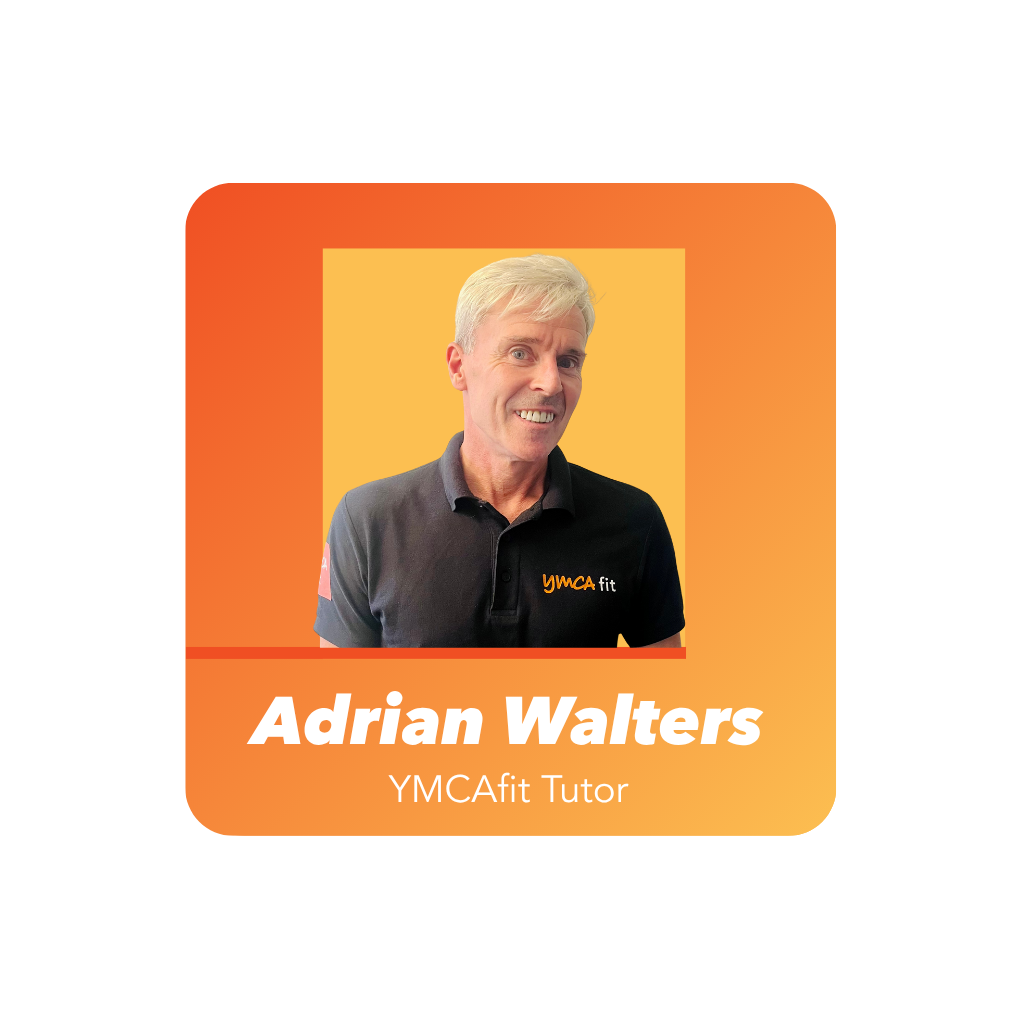
If anyone knows what it takes to make a class come alive, it’s Adrian Walters — one of YMCAfit’s most experienced Group Exercise Tutors.
Adrian’s journey with the YMCA began back in 2005 as a volunteer circuit training teacher at Central YMCA Club. Eighteen years later, he’s taught, managed, and inspired thousands, with his last role as Programme Manager overseeing all club operations.
But before the fitness industry, Adrian was a professional dancer and choreographer, working with top TV shows and pop artists — including 13 series of Stars in Their Eyes!
“After retiring from dance, moving into group exercise just made sense,” he says. “I love the studio energy — the music, the movement, the teamwork, and, most importantly, the fun. Let’s face it, the biggest barrier to exercise is that people find it boring — my mission is to change that!”
Now running his own PT business and tutoring all Group X disciplines, Adrian brings a mix of professional flair, infectious enthusiasm, and real-world experience to his teaching.
“When I’m not tutoring or teaching, you’ll still find me on a dance floor with friends — maybe not as late as I used to, but I’ll always love music and movement!”
Why Choose YMCAfit?
With over 40 years of training expertise, YMCAfit has shaped generations of fitness professionals — from PTs and Pilates teachers to yoga instructors and group exercise leaders. What sets this course apart is its personal touch: supportive tutors, interactive learning, and a genuine focus on helping you succeed.
After qualifying, you’ll open doors to opportunities in indoor cycling, studio resistance, circuits, and advanced CPDs — or even progress to Level 3 Personal Training.
Ready to Start Your ETM Journey?
If you’ve ever dreamed of turning your love for music, movement, and motivation into a career — this is your moment. The YMCAfit Exercise to Music qualification gives you everything you need to teach with confidence, inspire others, and make fitness fun for everyone.
Discover upcoming course dates here, book a call to enrol and start your journey towards becoming a qualified Group Fitness Instructor with YMCAfit today!
Because when you teach from the heart, you don’t just change bodies — you change lives.
Train with purpose. Lead with knowledge. Support with heart.
Keep an eye out for updates on new course launches, by following us on our socials!





